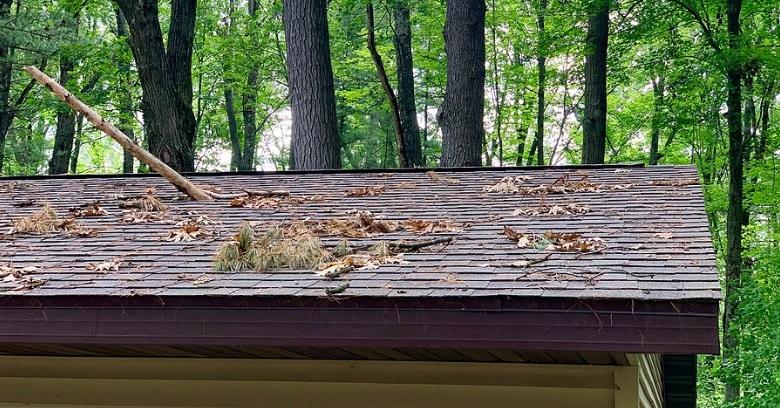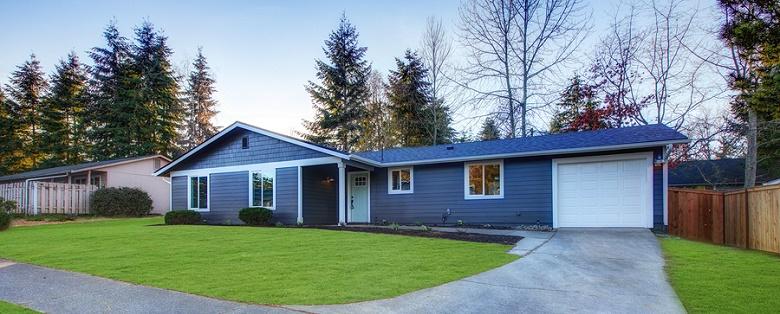Storms happen and when they bring hail with them, expensive hail damage roof repair can be the result.
If you live in an area where this kind of damage occurs frequently, one option to consider is impact resistant roofing.
Designed to withstand the impact of most hail, it could be a great investment if you have previously had to pay hail damage roofers to repair the roof on your home or building.
About Class 4 Impact Resistant Shingle Roofing
Impact resistant roofing shingles are great protection against hail damage that can result in extensive physical damage to many types of roofs and the resulting need for costly widespread hail damage roofing repairs.
The impact resistance of roofing products is rated to indicate the severity of the impact that can be withstood without damage.
It is determined using a steel ball test in which a 2” steel ball is dropped from a height of 20 feet onto various roofing materials, after which the amount of damage caused to the material is measured.
When dropped onto a concrete paver, the ball will break it in half and Class 4 is the highest impact rating, meaning it exhibits no or very little damage from the ball.
According to hail damage roofers, hail resistant roofing is rated with Class 4 impact resistance, the highest rating of any product and it should be able to withstand a strike from 2” hail without being damaged.
Standard shingles usually have an impact resistance rating of only 2 or 3, meaning they can only withstand impact from smaller hail.
What Are the Pros and Cons of Installing Impact Resistant Shingles?
The list of pros and cons associated with installing hail damage roofing like impact resistant shingles is fairly short, making it easy to decide whether it will be beneficial or not:
PRO
- Withstands damage from hail up to 2” or more or comparable flying debris.
- Protects structure against unseen damage that develops over time when shingles have been dented or cracked by hail.
- Reduces the expense of hail damage roof repair, and may also lower insurance premiums and deductibles in areas where hail damage is common.
CON
- Considered a premium roofing product, so the price is higher.
- Not necessarily more wind-resistant than standard shingles - the rating applies only to impact resistance.
When and Where Are Impact Resistant Roofing Shingles Recommended?
Although anyone can install hail damage roofing like impact resistant shingles on their home or building, it is primarily cost-effective when the risk of impact damage is significant.
The more storms that occur in your area especially if there has been hail before, the more helpful that impact resistant roofing shingles can be.
More recently, it has been highly cost-effective in the central states of Texas, Colorado, Kansas, South Dakota, and Nebraska that routinely see 300+ hail storms each year, with Texas and Nebraska seeing approximately 500 hailstorms each storm season.
Prevent Hail Damage With Protective Impact Resistant Roofing Shingles
When it is large enough, hail can be one of the most destructive forces of nature, destroying roofs that will then need extensive hail damage roof repair.
The cost of hail damage roofing repair can be high, sometimes necessitating an entire roofing replacement.
For those in hail-prone regions, impact resistant roofing that does cost more than standard shingles does provide excellent protection against this damage, reducing the chance of needing hail damage roofers out to make necessary repairs.

